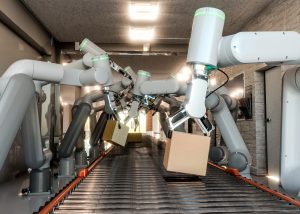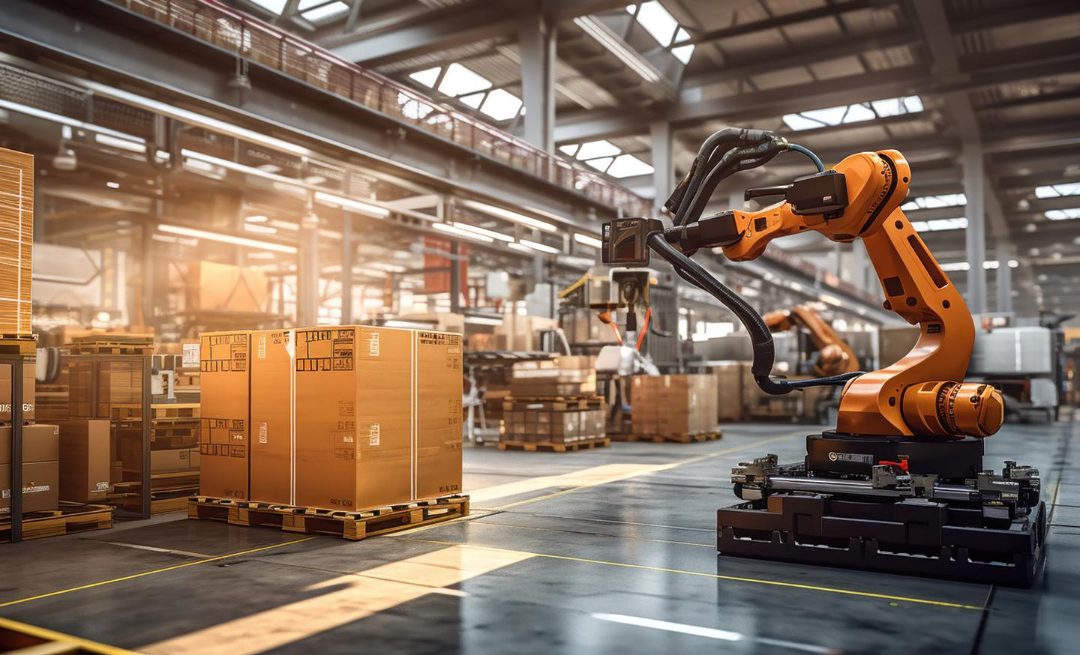In this modern era of world where everything is fast, automation in industries has become a new game changing stuff and has become the new means of production and services delivery for everyone. Like a coin with two sides, there are also some advantages and disadvantages of Industry automation. It’s a double-edged sword, offering both benefits and drawbacks.
This is not only true for the assembly line robots where automation has a lot of realizations, but also for AI (Artificial Intelligence) which offers a limitless range of services.
Advantages and Disadvantages of Industry Automation
Now that we have an overview of the specific examples of industry automation including the positive and negative aspects, let’s get right to the main advantages and disadvantages of industry automation.
Advantage of Automation
Increased Productivity
This is one of the main advantage of automation as it helps in increasing the efficiency levels of people. Machines and robots run 24/7 interrupts repeatedly without requiring any breaks, which is what makes them effective. This results in production running faster and resulting in more automation parts being produced.
Checkout : 7 Ways How Automation Increases Productivity in Industries
Enhanced Efficiency
Another advantage of automation is that automation provides the opportunity to enhance workflow, streamline processes and reduce bottlenecks along the way resulting in impressive efficiency gains. Through automation, business operations can be more effective in reducing errors and economy by reducing manual operations.
Improved Quality
Execution automated systems carry out instructions implemented by programs, built in as chance-free as well as accurate way, which most the times leads to improvement of products and services quality. This will meet customer’s needs and help cut down on rework and other defects; which in turn will lead to customer satisfaction.
Enhanced Safety
Automation can promote personnel safety as one of the advantages in eliminating these safety risks. This is achieved through reducing the use of humans in tasks deemed to be dangerous for them. This results in the decrease of the number of unintentional events and injuries, and, thus, in a such manner the safe working place is created.
Scalability and Flexibility

The switching of automated systems from one mode to another and to adapt to fluctuations and requirements of the market is also very easy. Whether it’s increasing a level of production or development of new requirements automation brings in flexibility that allows manufacturers to catch up with time.
Industry Insight
An auto-analytic study released by the competence firm McKinsey has shown that automation could yield a growth in global labor productivity of 0.8- 1.4% a year.
Disadvantage of Automation
Job Displacement
Actually, the greatest problem which automated systems can be blamed for is losing jobs. As technology takes over tasks traditionally performed by humans, there is a risk of unemployment that will in turn create particular unemployment situations for unskilled workers.
Initial Implementation Costs
It is a case of making a substantial upfront investment in the purchase of equipment, software, and employee training and allowing a company to recover its costs and start achieving the expected results through the use of automation systems.
For small and medium-sized industries or those with budgetary restrictions, the initial installment amount can kill the financial sustainability of the investments.
Technical Challenges
The automation field relies on technology, leaving the room open to problems with the software or hardware system. Those unexpected disruption may result in unplanned outages and an efficiency decrease overall.
Reduced Human Interaction

One of the main disadvantage of automation is that robotics increases the progress of automation which may result in reduced levels of human interaction provided to customers, especially in industries that rely heavily on service delivery. Humanized touch points are preferred by end customers and automation can make a difference to meet this need.
Dependency and Loss of Skills
Over-reliance on the automation may result in the loss of unique human competencies and capability. The workers, if their skill sets have been exploited by the automated systems, will find it challenging to ensure the daily operations run smoothly if the automate systems broke down. Hence a skill gap will emerge in the workforce.
Industry Insight
Scientist’s organization, ‘The World Economic Forum’, states that AI, automation could lead to 85 million jobs being lost by 2025 worldwide.
Conclusion
Finally, industry automation offers a great variety of them, such as reduced labor costs, higher safety, etc. However, the flip side is that you have to deal with factors that include job displacement and the actual costs of the implementation process. Of course, with technological advancements, these challenges arise.
Like a coin with two sides, there are also some pros and cons of Industry automation. Therefore, it is important that they are addressed in a timely manner and controlled steps are taken towards a more automated future.

Keep in mind, automation is merely a tool for enhancing abilities of human- not depriving us them. In addition to reaping the benefits of automation while simultaneously addressing its drawbacks, we would be able to shape the way industries around the world would do their operations more efficiently and approach sustainable practices.
